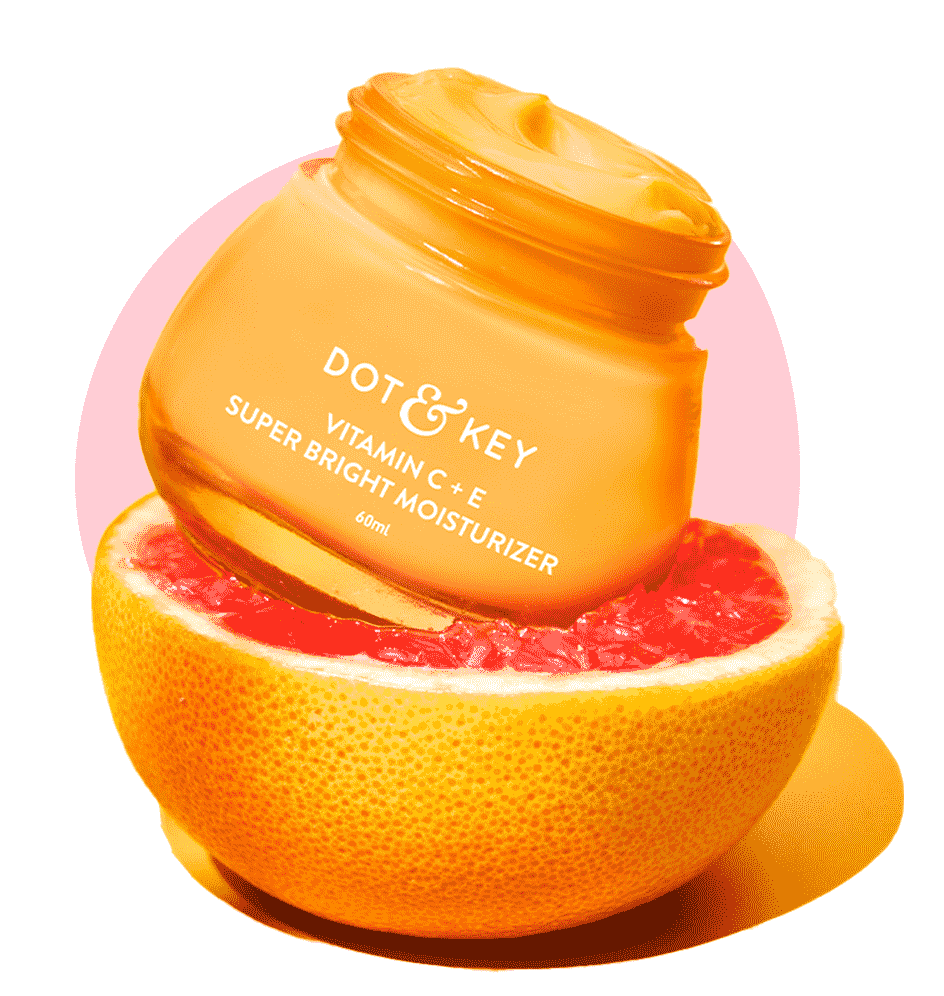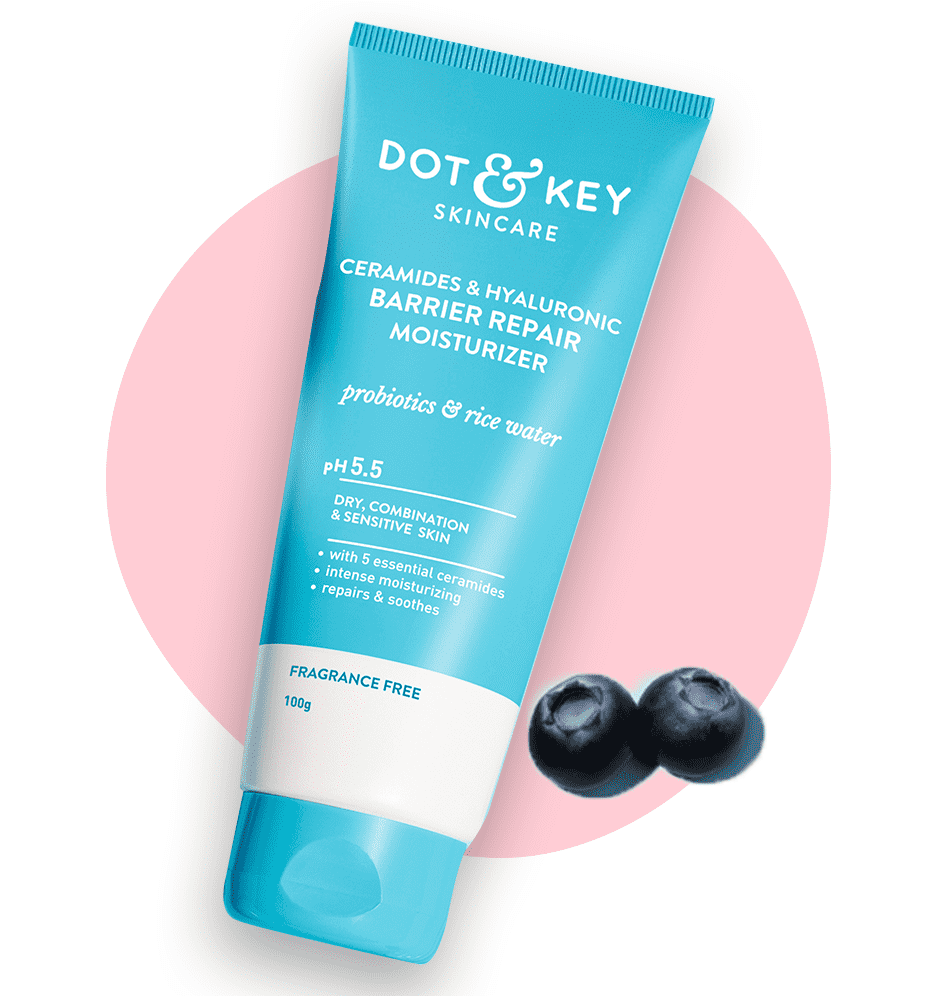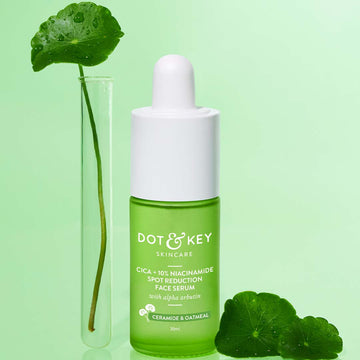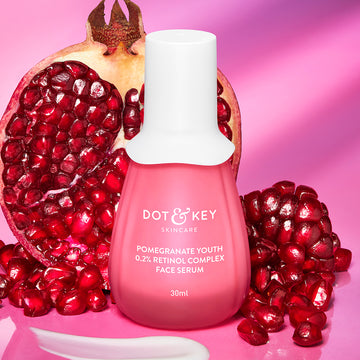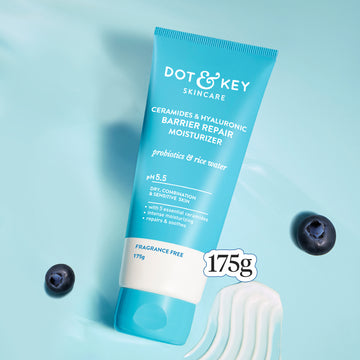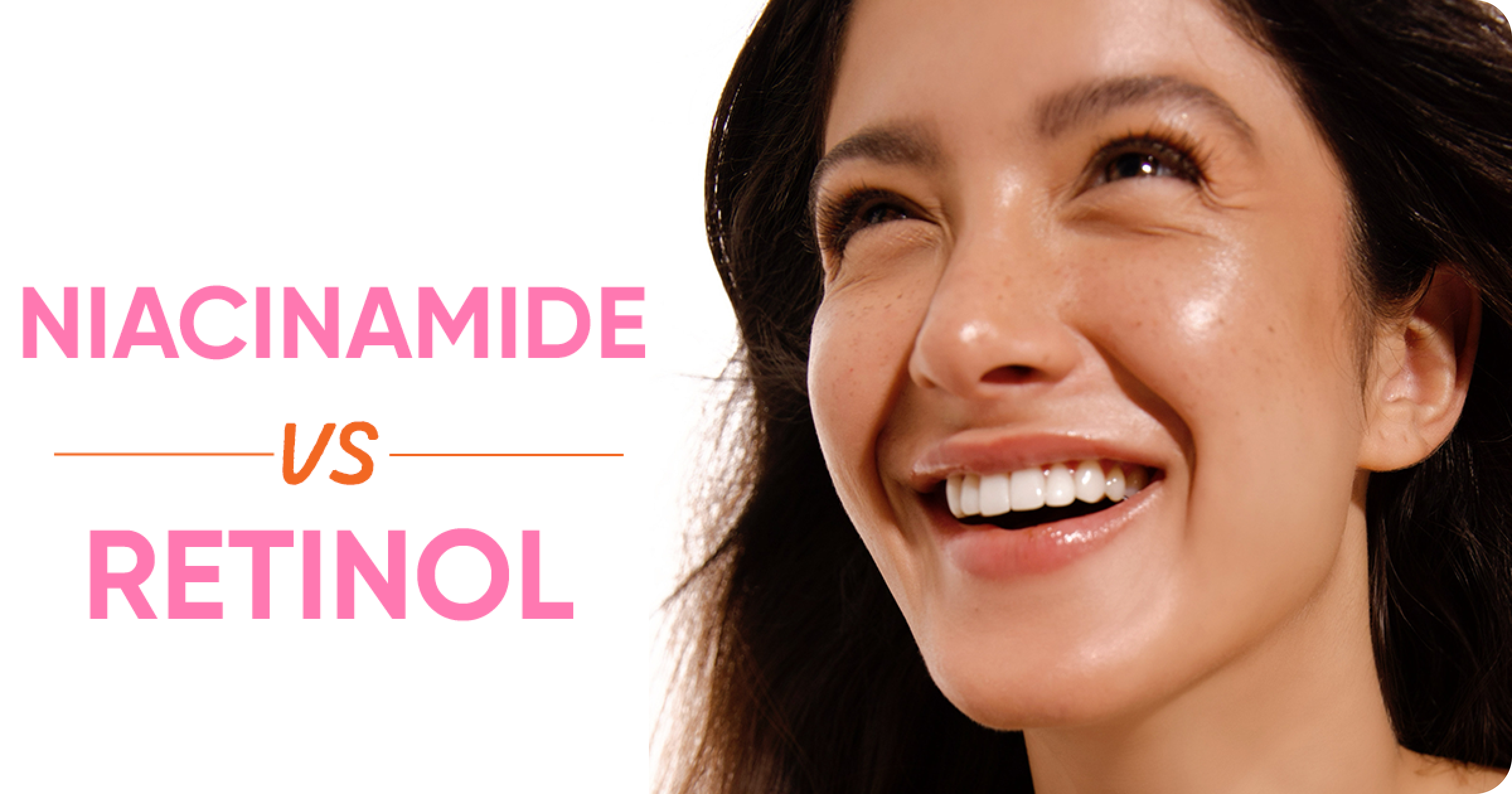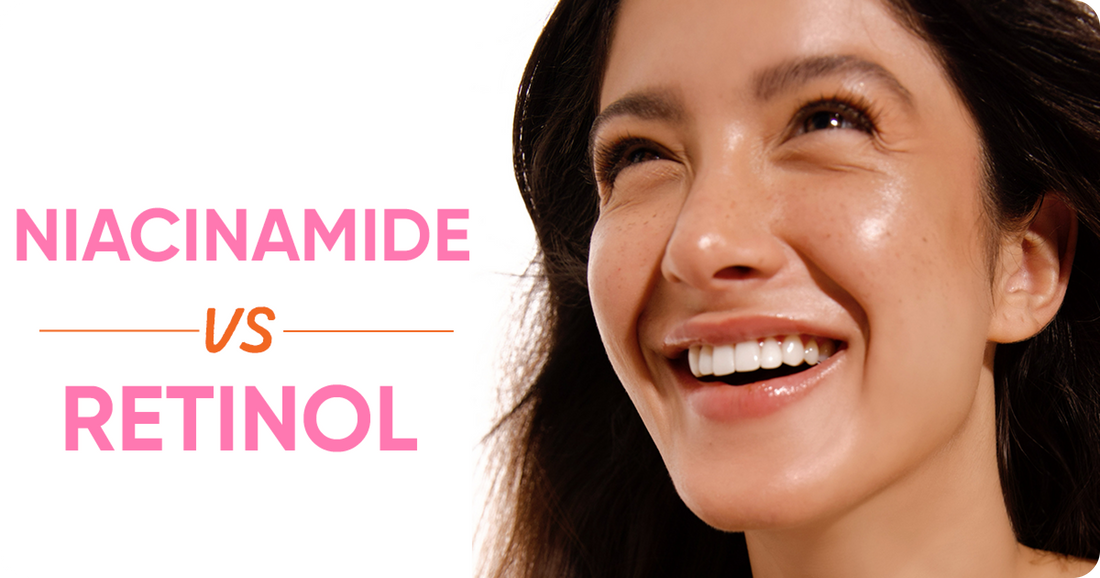
Niacinamide and retinol are two highly effective skincare ingredients, each with distinct benefits for improving skin health. While niacinamide is gentle and focuses on calming, hydrating, and strengthening the skin barrier, retinol is a powerful anti-ageing and skin-renewing ingredient. Choosing between them—or combining them—depends on your skin type, concerns, and goals.
Here’s a detailed comparison of niacinamide and retinol to help you make the best choice for your skin.
What is Niacinamide?
Niacinamide, a form of Vitamin B3, is a versatile and gentle ingredient that hydrates, soothes, and improves overall skin texture. It’s suitable for all skin types, including sensitive skin.
Key Benefits of Niacinamide:
- Calms Inflammation: Reduces redness and irritation, making it ideal for sensitive or acne-prone skin.
- Strengthens Skin Barrier: Helps retain moisture and protects against environmental stressors.
- Regulates Oil Production: Balances sebum levels for oily or combination skin.
- Brightens Skin Tone: Fades dark spots and reduces uneven pigmentation.
- Minimizes Pores: Improves skin texture and refines the appearance of pores.
- Antioxidant Protection: Neutralizes free radicals, offering some anti-ageing benefits.
What is Retinol?
Retinol is a Vitamin A derivative that boosts skin cell turnover, stimulates collagen production, and improves skin texture. It’s a gold-standard ingredient in anti-ageing and acne treatments.
Key Benefits of Retinol:
- Stimulates Cell Turnover: Promotes new cell growth for smoother, brighter skin.
- Reduces Fine Lines and Wrinkles: Stimulates collagen and elastin production.
- Improves Skin Texture: Smooths rough patches and refines the skin’s surface.
- Fights Acne: Prevents clogged pores and reduces active breakouts.
- Fades Hyperpigmentation: Reduces the appearance of dark spots and acne scars.
Comparison between Niacinamide and Retinol
| Feature | Niacinamide | Retinol |
|---|---|---|
| Primary Function | Hydration, calming, and brightening. | Anti-ageing, acne treatment, and skin renewal. |
| Skin Type | Suitable for all skin types, including sensitive. | Best for normal, oily, or ageing skin; may irritate sensitive skin. |
| Hydration | Provides hydration and strengthens the barrier. | May cause dryness; requires a hydrating moisturizer. |
| Brightening | Gradually fade dark spots and evens tone. | Fades dark spots and acne scars more quickly. |
| Anti-Ageing Benefits | Prevents water loss and strengthens the skin barrier. | Reduces fine lines, wrinkles, and improves elasticity. |
| Acne Treatment | Reduces inflammation and regulates oil. | Clears clogged pores and prevents acne. |
| Irritation Potential | Minimal; very gentle. | Moderate to high; may cause peeling, redness, or dryness. |
| Frequency of Use | Can be used daily, morning and night. | Start with 2–3 times a week and build tolerance. |
Which is Better for Your Skin?
The choice between niacinamide and retinol depends on your skin concerns:
Choose Niacinamide If:
- You have sensitive skin that needs calming and hydration.
- You’re looking for a gentle ingredient to improve overall skin health.
- Your goal is to reduce redness, control oil production, or refine pores.
- You’re new to active ingredients and want a beginner-friendly option.
Choose Retinol If:
- You’re focused on anti-ageing benefits like reducing fine lines and wrinkles.
- Your skin concern is acne or post-acne scars.
- You want to improve skin texture and boost collagen production.
- Your skin can tolerate ber active ingredients.
Can You Use Niacinamide and Retinol Together?
Yes, niacinamide and retinol can be used together, and they work synergistically to address multiple skin concerns. Niacinamide helps minimize the irritation and dryness often caused by retinol, making it an ideal pairing.
How to Use Niacinamide and Retinol Together
- Cleanse Your Skin: Start with a gentle cleanser to prep your skin.
- Apply Niacinamide (Optional): If your skin is sensitive, apply a niacinamide serum before retinol to create a protective buffer.
- Apply Retinol: Use a pea-sized amount of retinol and spread it evenly across your face.
- Follow with Moisturizer: Lock in hydration to prevent dryness or irritation.
- Sunscreen (Morning Routine): Always wear SPF 30 or higher during the day, as retinol increases sun sensitivity.
Who Should Use Both?
- Ageing Skin: Niacinamide strengthens the barrier and hydrates, while retinol reduces fine lines and boosts collagen.
- Acne-Prone Skin: Retinol clears pores, while niacinamide calms redness and inflammation.
- Oily Skin: Retinol regulates cell turnover, and niacinamide controls oil production.
- Sensitive Skin: Start with niacinamide to build your skin’s tolerance before introducing retinol.
Common Mistakes to Avoid
-
Starting with High Retinol Concentrations:
Begin with a lower concentration (0.25%–0.5%) and increase gradually. -
Skipping Moisturizer:
Retinol can cause dryness, so always follow with a hydrating product. -
Overloading Actives:
Avoid combining retinol with other b actives (like AHAs/BHAs) until your skin adjusts. -
Expecting Instant Results:
Niacinamide works gradually, and retinol requires consistent use over weeks to months for visible improvement.
Science Backing
- Niacinamide: Research in the Journal of Clinical and Aesthetic Dermatology confirms niacinamide’s ability to reduce redness, improve hydration, and brighten skin tone.
- Retinol: Studies in the Journal of Investigative Dermatology highlight retinol’s role in boosting collagen, reducing acne, and improving skin texture.
- Combination Use: Dermatologists often recommend niacinamide alongside retinol to mitigate irritation and enhance overall skin health, as noted in the Journal of Dermatological Science.
Conclusion
Both niacinamide and retinol are exceptional skincare ingredients, but their strengths lie in different areas. If you’re looking for a gentle, everyday solution to improve hydration, calm redness, and brighten skin, niacinamide is your best bet. For anti-ageing, acne treatment, and significant skin renewal, retinol is the ideal choice.
Better yet, these ingredients work beautifully together, offering a balanced routine that targets multiple skin concerns.
FAQs About Niacinamide and Retinol
1. Should I Apply Niacinamide Before or After Retinol?
Apply niacinamide before retinol to hydrate and calm your skin, or after retinol if you want to buffer its effects.
2. Can I Use Them Every Day?
Niacinamide is safe for daily use, morning and night. Retinol should be introduced gradually (2–3 times a week) and increased as your skin builds tolerance.
3. Do I Need Sunscreen with These Ingredients?
Yes, especially with retinol, as it increases sun sensitivity. Niacinamide also enhances the protective effects of sunscreen.








